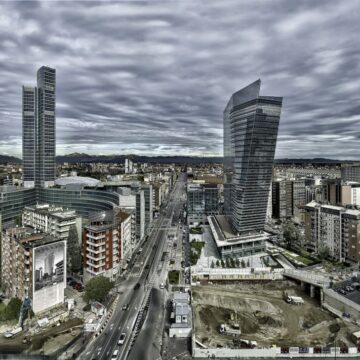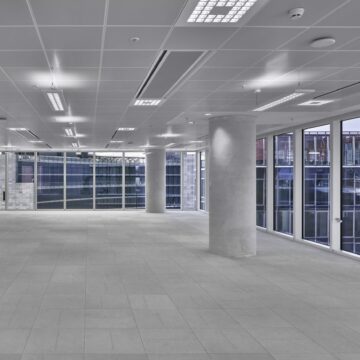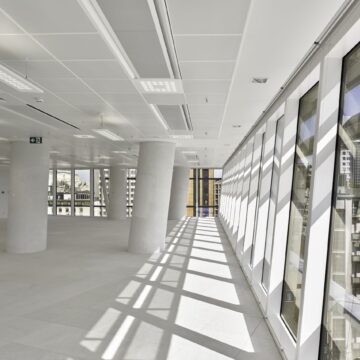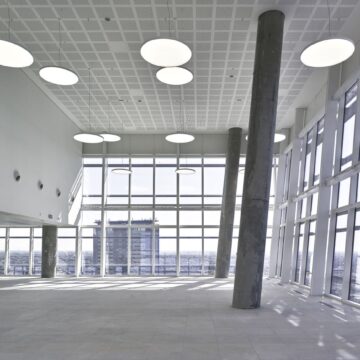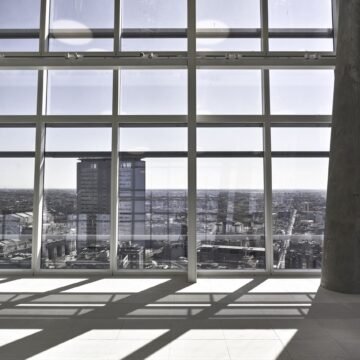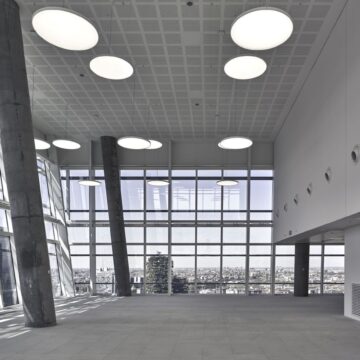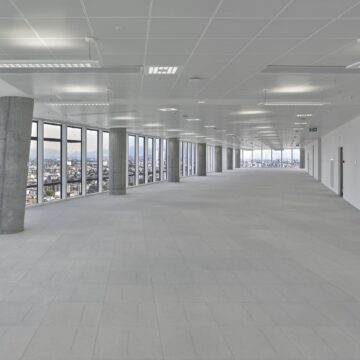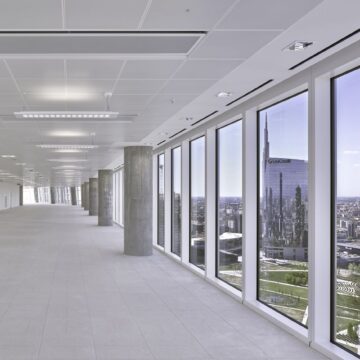The new Porta Nuova – Gioia District wil be the result of the urban redevelopment plan which involves the former area of the INPS executive complex, built in the 1960s, where the new tower Gioia22 will stand.
The tower, called The Glass Splinter, has been designed by architect Gregg Jones of Pelli Clarke Pelli Architects of New York and developed by COIMA, it has 26 floors above ground for a total of 120 metres and 35,800 square metres of built surface area.
The structure is tapered on the south front, towards Piazza Gae Aulenti, and has a crowning at the top (the so-called Top sail) as an extension of the west façade, which juts out vertically 19 metres above the top floor and enhances its asymmetrical composition.
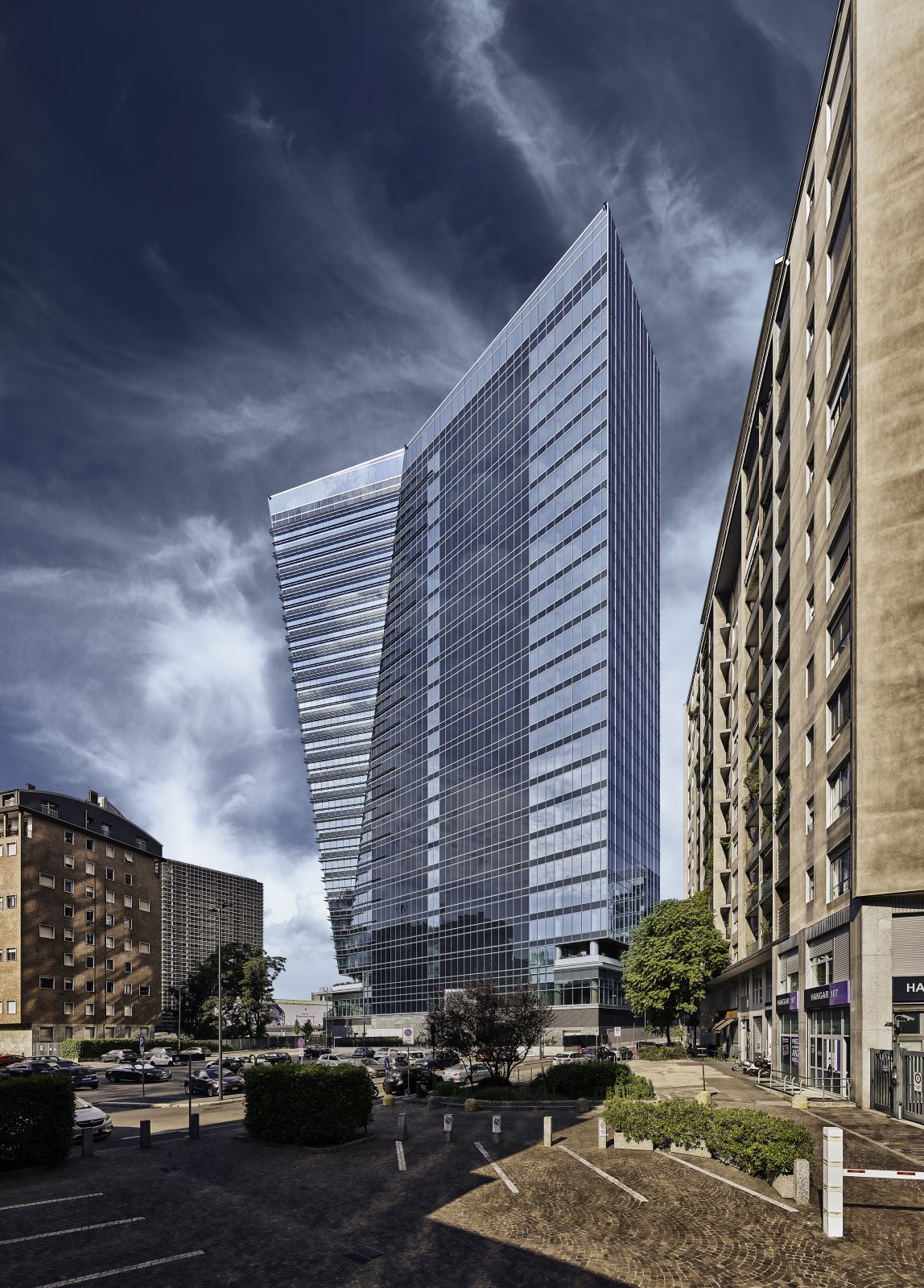
The facades are made of high-performance triple-glazed panels and – combined with 6,000 square metres of photovoltaic panels, a heating and cooling system powered by groundwater and overall LED lighting managed by daylight sensors – allow for optimal control and a consequent reduction in overall consumption; the sustainable approach is also represented by the use of Cradle-to-Cradle certified materials, in line with the principles of circular economy.
All the raised floors used were supplied by Nesite, an Italian company recognised for its green supply chain: its floating floors, developed with recycled, recyclable and certified materials, contribute to the achievement of the Nearly Zero Energy Consumption Building level.
Gioia22 is in fact the first tower in Italy to meet the requirements of the European directive, i.e. to ensure a balance between energy produced and consumed close to zero with a 75% reduction in energy requirements compared to the most recent office buildings in Milan, and is qualified to obtain LEED and WELL certifications.
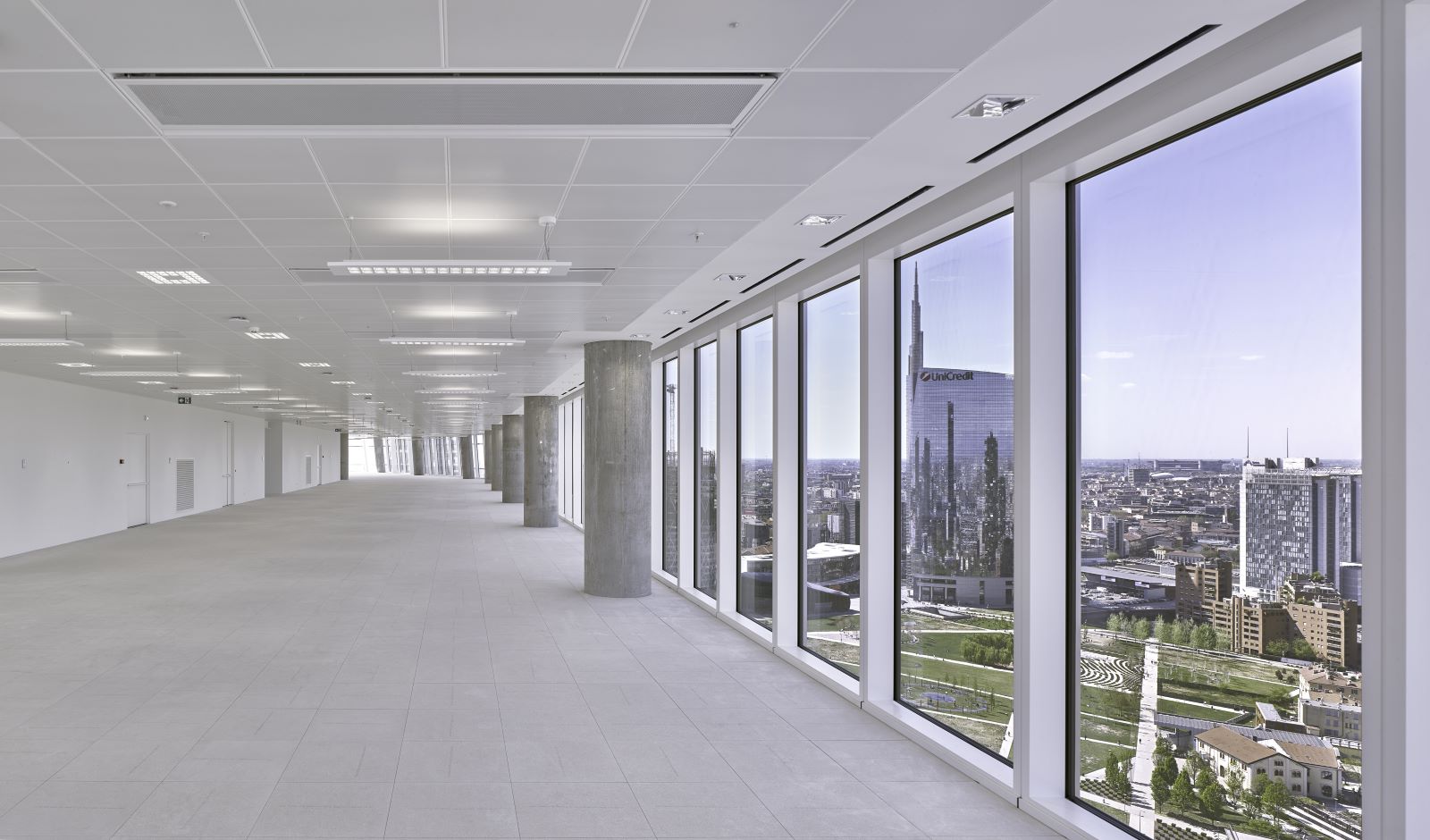
The total supply of 25,000 square metres of raised flooring, distributed between the reception, work and service areas, is made with panels with a calcium sulphate 60×60 cm core, 34mm thick, and galvanised steel columns; in Class A1 fire reaction, these floating panels also offer excellent thermal insulation and load-bearing capacity, walking comfort and ease of removal and replacement of individual elements for inspection or replacement.
In addition, in order to maximise the inherent acoustic insulation characteristics of the floor, an additional pad has been installed at the base of the steel structure, thus attenuating noise transmission between rooms.
Finally, for the technical and service rooms in the basement, a galvanised steel structure with tubular beams was adopted, which maximises the load-bearing capacity, and an antistatic PVC panel covering (500 sq m in total); for the reception area on the ground floor was chosen porcelain stoneware (1,500 sq m in total).
The Gioia22 project is thus confirmed as a concentrate of innovation and sustainability: the city of the future will be built on these principles.


